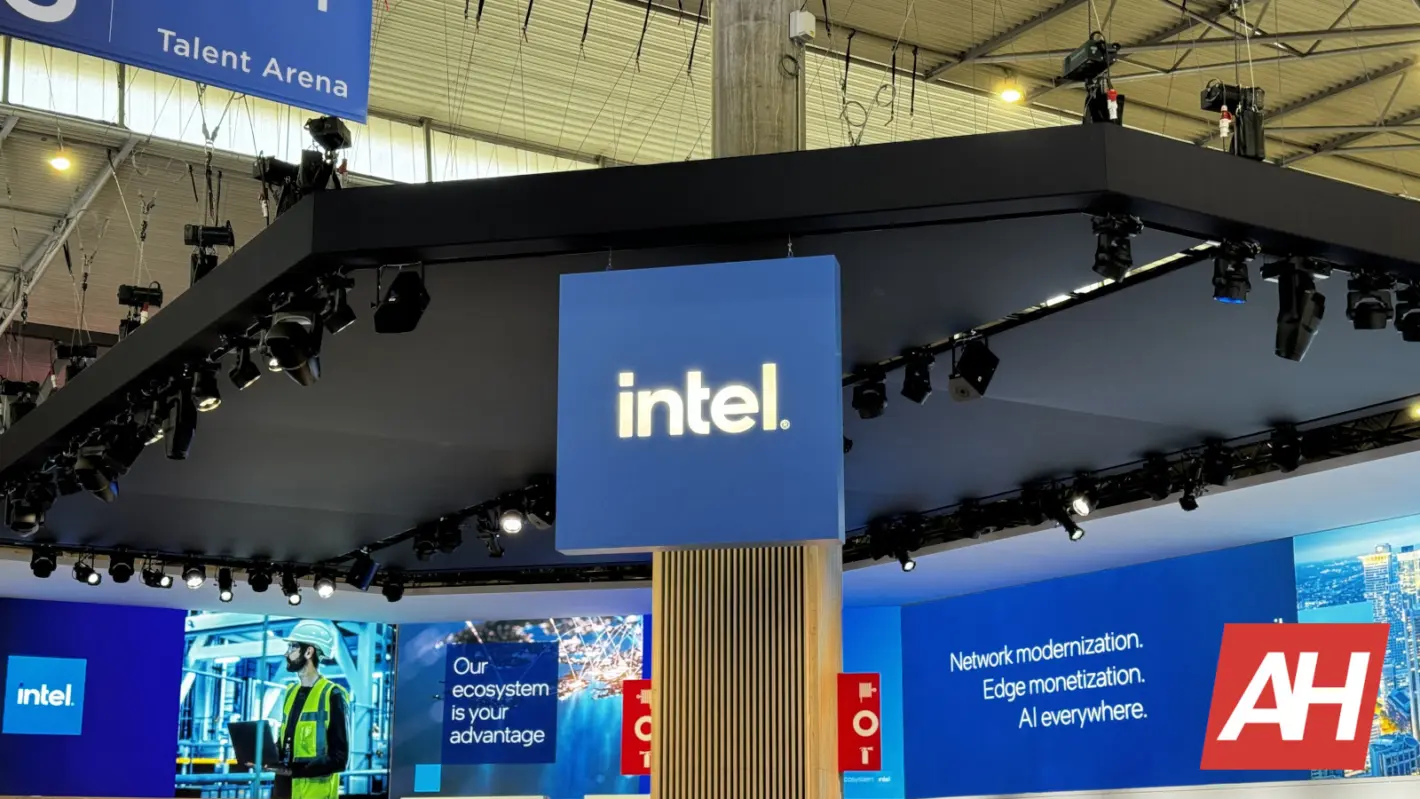Top Stories
Intel Invests $16.55 Billion in R&D But Lags Behind Rivals

Intel has invested a staggering $16.55 billion in research and development (R&D) over the past year, yet the company continues to fall behind its competitors, particularly Samsung and TSMC. Despite this significant financial commitment, Intel’s growth rate in 2024 was a modest 3.1%, revealing challenges in maintaining pace with rivals in the semiconductor industry.
According to a report from the Korean publication JoongAng Daily, Samsung dramatically increased its R&D spending in 2024 to $9.5 billion, marking a substantial 71.3% rise from $5.5 billion in 2023. This increase propelled Samsung from seventh to third place in global R&D expenditures. In contrast, Intel remains at the top of the list in total R&D spending, but the company’s inability to translate investment into growth has raised concerns among analysts.
The semiconductor sector is notoriously competitive, and Intel’s struggle stems partly from its slow response to the growing demand for mobile technology. This delay allowed companies like Qualcomm to gain significant market share, while Samsung and TSMC capitalized on advances in semiconductor fabrication. Both Intel and Samsung design their own chips and have production capabilities; however, Intel faces challenges in both areas. While Intel’s CPUs remain relevant, the emergence of Arm-powered chipsets, such as Apple Silicon, has introduced viable alternatives to Intel’s traditional x86 platform.
Government Support and Future Prospects
Despite these challenges, there are signs of potential revitalization for Intel. The company is a beneficiary of the US government’s CHIPS Act, which aims to bolster domestic semiconductor production. This initiative represents a significant financial boost for Intel, facilitating further development in the industry.
Moreover, discussions are underway regarding potential support from the Trump administration to enhance advanced chip production within the United States. Such backing could provide Intel with the necessary resources to regain its competitive edge.
Samsung is also considering an investment in Intel, recognizing the need to strengthen its position against TSMC, which serves clients including Apple, Qualcomm, NVIDIA, and AMD. This potential collaboration highlights the interconnected nature of the semiconductor industry, where partnerships may be key to survival.
As the landscape continues to evolve, Intel’s ability to adapt and innovate will be crucial. While significant challenges lie ahead, the company’s substantial R&D investment and potential government support may provide a foundation for future progress.
-

 Science3 months ago
Science3 months agoToyoake City Proposes Daily Two-Hour Smartphone Use Limit
-

 Top Stories3 months ago
Top Stories3 months agoPedestrian Fatally Injured in Esquimalt Collision on August 14
-

 Health3 months ago
Health3 months agoB.C. Review Reveals Urgent Need for Rare-Disease Drug Reforms
-

 Technology3 months ago
Technology3 months agoDark Adventure Game “Bye Sweet Carole” Set for October Release
-

 World3 months ago
World3 months agoJimmy Lai’s Defense Challenges Charges Under National Security Law
-

 Lifestyle3 months ago
Lifestyle3 months agoVictoria’s Pop-Up Shop Shines Light on B.C.’s Wolf Cull
-

 Technology3 months ago
Technology3 months agoKonami Revives Iconic Metal Gear Solid Delta Ahead of Release
-

 Technology3 months ago
Technology3 months agoApple Expands Self-Service Repair Program to Canada
-

 Technology3 months ago
Technology3 months agoSnapmaker U1 Color 3D Printer Redefines Speed and Sustainability
-

 Technology3 months ago
Technology3 months agoAION Folding Knife: Redefining EDC Design with Premium Materials
-

 Business3 months ago
Business3 months agoGordon Murray Automotive Unveils S1 LM and Le Mans GTR at Monterey
-

 Technology3 months ago
Technology3 months agoSolve Today’s Wordle Challenge: Hints and Answer for August 19









